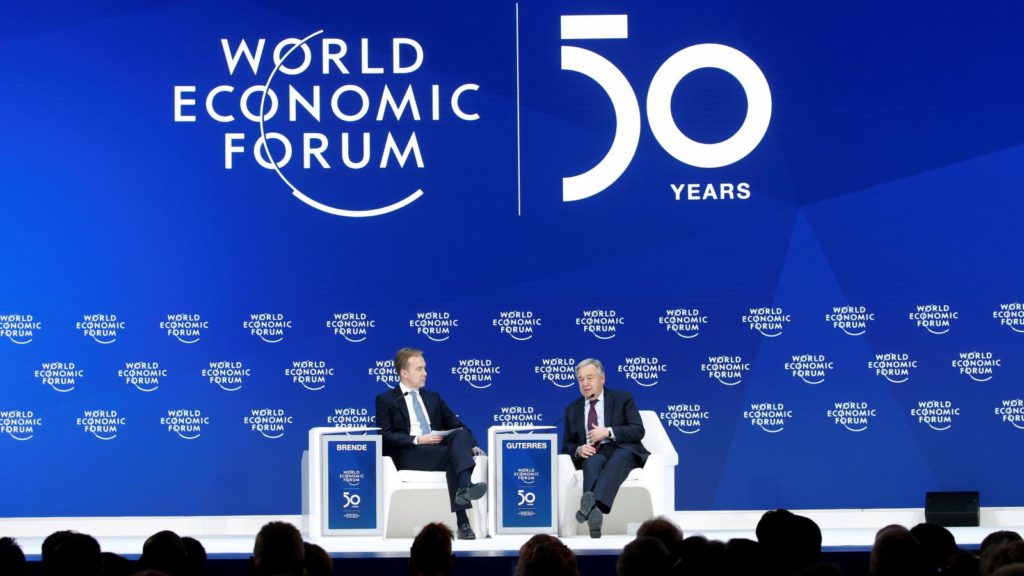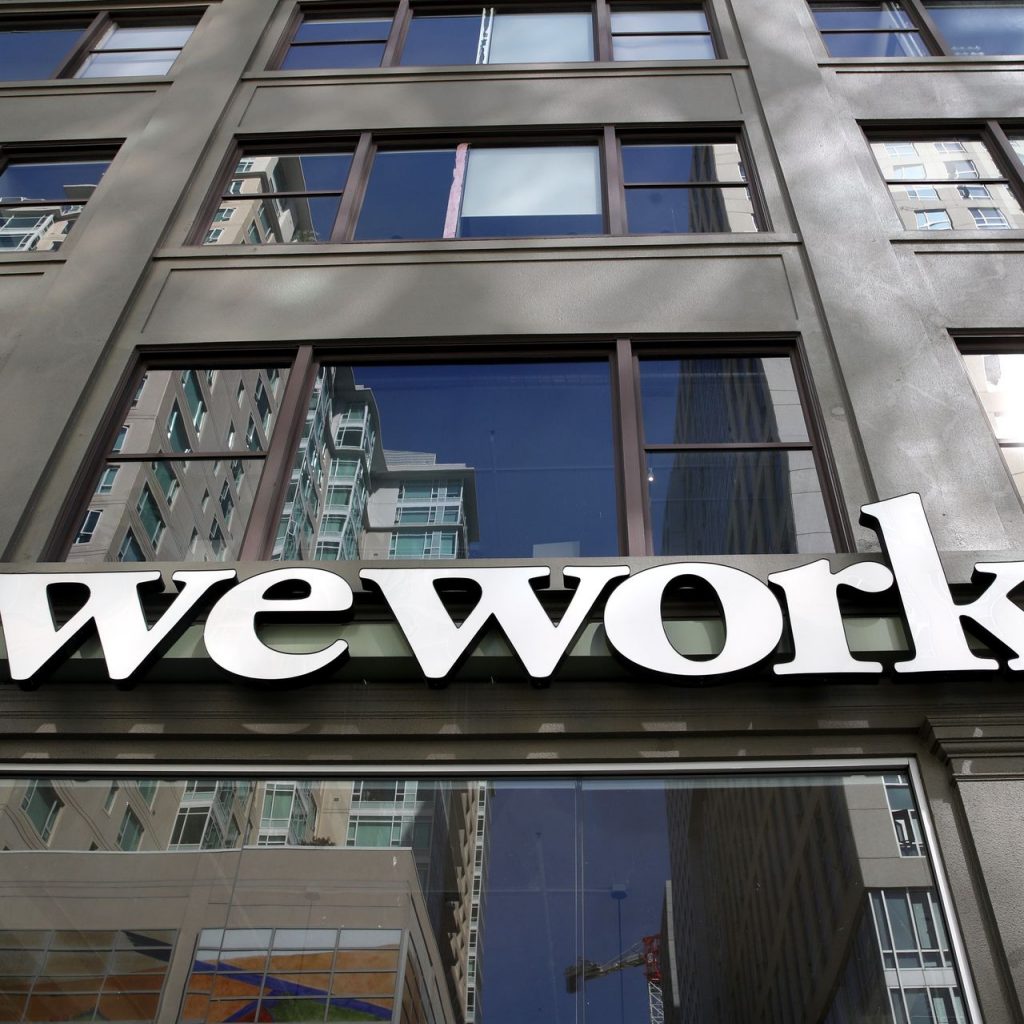Hindsight is always 20/20.To answer the question in today’s article, let’s take a trip back to the market just before the start of the Global Financial Crisis. According to the statistics website Statista, there were 915 IPOs between 2003 and 2007, right before the GFC hit in 2008.
Those five years marked the second-most active period for IPOs. Many of these initial public offerings were from companies that had little more than a website domain to their name.
To find the time when the most IPOs have been filed, all we need to do is look at today’s calendar.
Between 2013 and 2018 to-date there have been 1,052 IPOs – including 120 during the first five months of 2018. (source: Fortune)
When Will the Music Stop for IPOs?
Investing in IPOs is sort of like playing a game of musical chairs.
The music keeps playing and money keeps getting invested until suddenly the music stops and the market tops. Then there’s no place left to sit because there’s no money left to buy a chair.
In the IPO game, being the last person standing means everyone knows you bought at the top of the market just before the crash.
Granted, there are plenty of arguments why the IPO market will continue to grow. Fortune notes that between January and May of this year alone $35.2 billion in initial public offerings has been raised in the U.S.
IPOs overall have been trading at an average of 22% above their original offering price, while technology companies such as Spotify, Dropbox, and Pivotal are up an average of 53% compared to their IPO price.
Herd Mentality and IPOs
While Fortune uses this admittedly impressive performance to explain why the red-hot IPO market will continue, we view the frothy activity in initial public offerings as the herd mentality in action.
It’s why more companies continue to issue IPOs and why more investors continue to buy.
After all, if everybody is going public and investors keep making money and their portfolios keep growing then there’s no reason to think that the party won’t continue.
IPOs and Commercial Real Estate
We’ve written previously on the slow-down in the commercial real estate and single family housing markets.
Chinese buyers are disappearing, the Trump tax plan and tariffs are having unintended consequences, and the aging demographic bulge means the U.S. simply doesn’t need as many new homes as were historically being built.
With this kind of writing on the wall, it’s curious that another commercial real estate firm would make an initial public offering. Yet that’s exactly what’s happening.
Why Commercial Real Estate IPOs Now?
The Wall Street Journal recently wrote that the commercial real estate company Cushman & Wakefield is aiming to raise about $750 million from an IPO that would value the company at about $6 billion.
The WSJ observes that “Cushman wants to cash in at a time when shares of its largest global rivals . . . are trading near record highs.”
Cashing in is good for Cushman’s owners, but maybe not so good for the IPO investor.
The same article notes that thanks to the declining commercial real estate bull market the firm has reported losses over the last few quarters.
Additionally, proceeds received from the upcoming initial public offering will be used to reduce debt and for “general corporate purposes” rather than directly growing the business for IPO investors.
Cushman & Wakefield is owned by private-equity firm TPG. And private equity firms have a habit of taking assets public at the top of the market when the time is ripe to cash out of an investment.
Now, since we don’t have a crystal ball we can’t be 100% certain that the frothy IPO market and commercial real estate initial public offerings mark the top of the market.
But we do know we have no intention of being the last one standing when the IPO party music stops.




